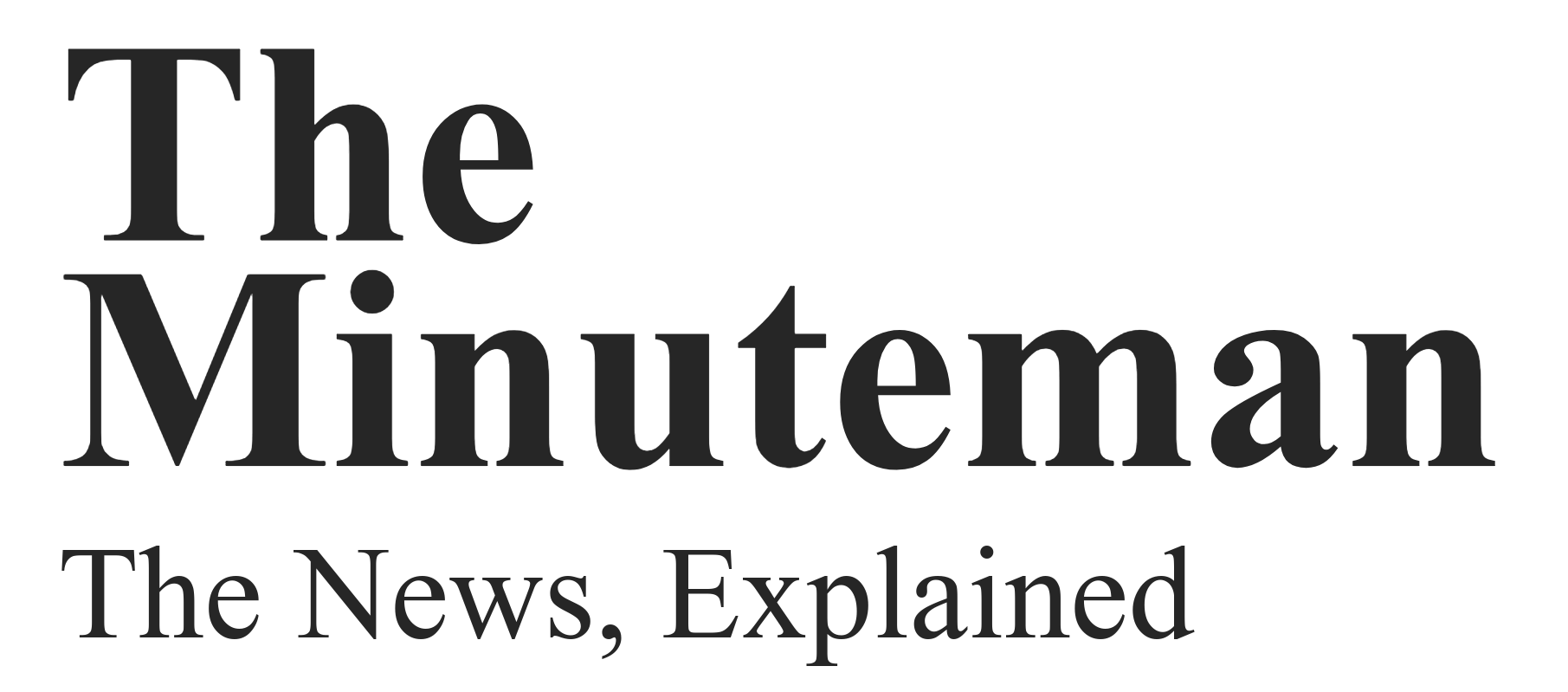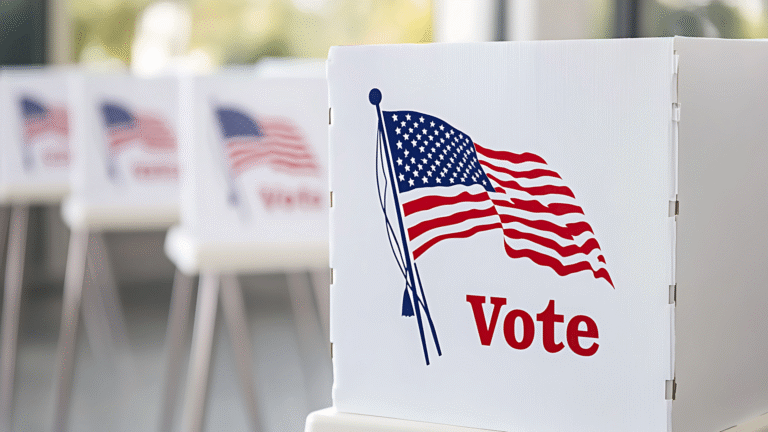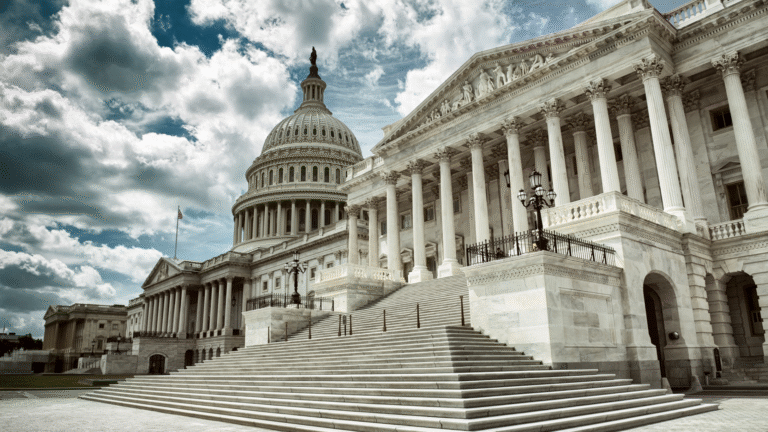U.S. Classified Information and Mishandling Cases
For more than eight decades, the United States has relied on a structured system of classified information—an evolving framework designed to protect national security while enabling effective governance. From its early roots in the pre–World War II era to today’s digital age, classification rules have shaped how sensitive information is created, stored, shared, and eventually released to the public. Yet the system is often misunderstood, both in how it operates and in how it is enforced.
Understanding classification is essential not only for policymakers and government employees but also for the public, especially as high-profile cases of mishandled documents continue to dominate headlines. The rules that determine what becomes “Top Secret,” who gets to see it, and what happens when those rules are broken form the backbone of U.S. information security. They also reveal deeper tensions between secrecy and transparency, national protection and democratic accountability.
This article outlines how the modern classification system developed, how classified material must be handled, what legally constitutes mishandling, and why certain cases lead to prosecution while others do not. It also explores ongoing debates—such as over-classification and inconsistent enforcement—that shape the future of America’s secrecy system.
1. Origins & evolution of classified information in the U.S.
The U.S. formally adopted classification systems during the World War II era. Executive Order 8381 in 1938 introduced initial categories like “Restricted.” EO 10290 in 1951 under Truman created a more unified system, including “Top Secret.” Later updates came from EO 12065 (Carter, 1978) and EO 13526 (Obama, 2009), now the guiding framework.
2. U.S. classification process & handling-controls
- Original Classification Authorities (OCAs) determine classification when disclosure could harm national security.
- Three primary levels: Confidential, Secret, Top Secret.
- Controls include proper marking, need-to-know access, secure storage, and regulated declassification (typically after 25 years).
- Special categories: SCI, SAP, and Restricted Data for nuclear info.
3. Mishandling classified information
Mishandling includes unauthorized retention, removal, or sharing. Legal definitions are outlined in 18 U.S.C. §1924 and the Espionage Act (18 U.S.C. §§793–798). Violations require willfulness or gross negligence and often hinge on the volume and significance of data mishandled.
4. Key legal issues
- Willful intent is a critical factor in prosecution decisions.
- Unmarked documents can still be classified under the law.
- Public interest disclosures (e.g., whistleblowing) raise legal and ethical tensions.
5. High-profile U.S. mishandling cases
- Reality Winner (2018): Leaked NSA document; sentenced to prison.
- Harold T. Martin III (2019): Retained 50 terabytes of NSA data; pleaded guilty.
- Hillary Clinton: Used private server; investigation found classified content but no charges.
- Sandy Berger (2005): Removed classified docs from National Archives; pleaded guilty.
- Kendra Kingsbury (2023): Retained classified FBI documents; sentenced to 46 months.
6. Implications and reform debates
- Over-classification may obscure public accountability and burden oversight.
- Inconsistent enforcement raises fairness concerns.
- Modern tech adds digital risks to classified data handling.
7. Summary
Classified information is central to U.S. national security. Mishandling it, whether through negligence or willful misconduct, can cause significant harm and carry serious consequences. The system faces ongoing challenges balancing security, transparency, and accountability.
FAQ
- Q1: What’s the difference between classified and sensitive but unclassified info?
A: Classified info meets legal secrecy thresholds; sensitive but unclassified (like CUI) requires protection but isn’t governed by classification laws. - Q2: Can private contractors classify documents?
A: No. Only authorized government officials can assign classification levels. - Q3: Are all Top Secret documents equally important?
A: Not necessarily. Critics argue that some may be over-classified. - Q4: What happens if you find classified material unsecured?
A: Report it immediately to security authorities; mishandling it further could be a violation. - Q5: What distinguishes a leak from mishandling?
A: Leaks are usually deliberate disclosures; mishandling includes negligent or unauthorized retention or storage.
Sources
- Congressional Research Service, 2023
- CDSE Guide: Security Classification Guidance
- Wikipedia: Classified information in the United States
- U.S. Department of Justice, 2023







